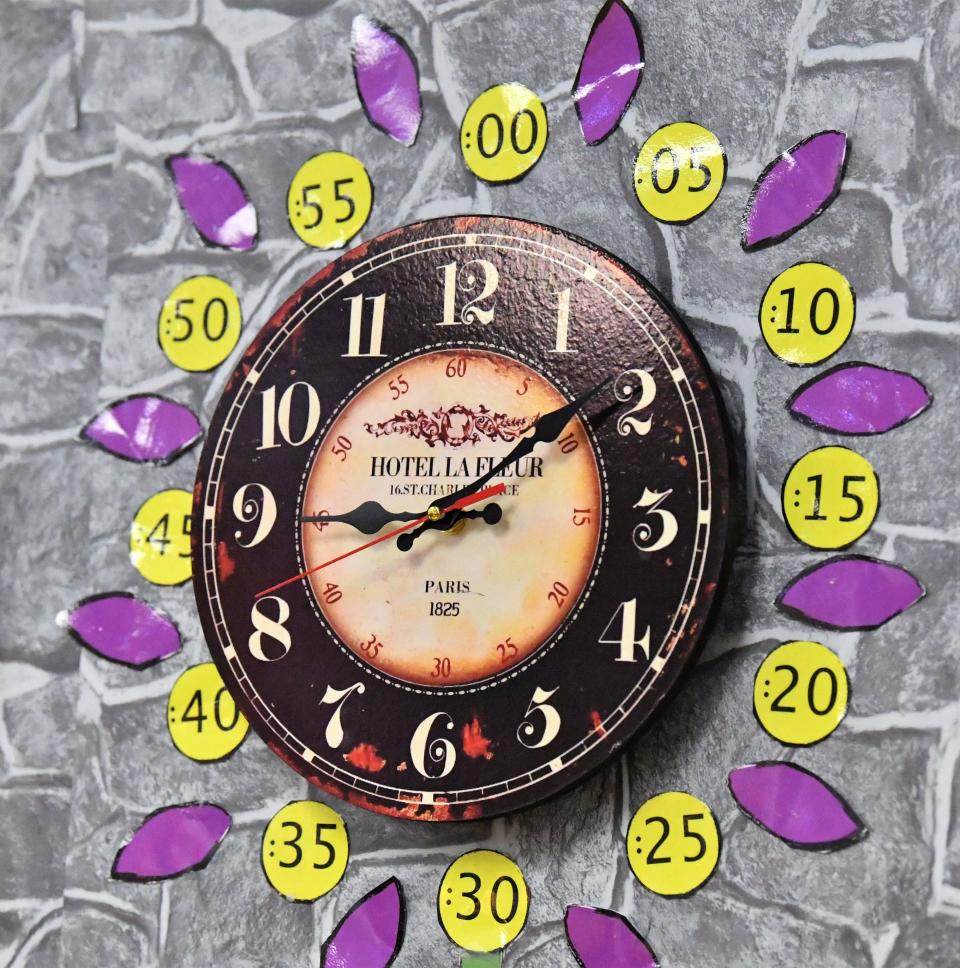Will we change the clocks for the final time Sunday? What to know about daylight saving time
- Oops!Something went wrong.Please try again later.
- Oops!Something went wrong.Please try again later.
- Oops!Something went wrong.Please try again later.
Most Americans will change their clocks before bedtime Saturday to what could become the final appearance of Standard Time.
The U.S. Senate in March passed a bill titled “The Sunshine Protection Act” to make Daylight Saving Time (DST) permanent beginning in 2023. The U.S. House must now act.
The move seems to have rare bipartisan support. Republican Sen. Mario Rubio proposed the law and President Joe Biden, a Democrat, says he’ll sign it. The move is not without opposition, though.
More:Who observes daylight saving time and is it close to ending permanently? Here's what to know
The changing times
The changing of clocks has been a subject of debate and rancor since 1784, when Benjamin Franklin suggested that Americans get up earlier on summer mornings to save candles. Franklin’s idea may have been tongue-in-cheek, but fast forward 134 years and the government was ready to tinker with time.
The U.S. joined other nations in implementing DST during World War I to conserve coal. DST made an encore appearance during World War II as “War Time” and was intended to conserve energy and “promote national security and defense.”

After the war years, states and some municipalities were free to set their own times.
For a while in the 1960s, the twin cities of Minneapolis and St. Paul had different times though they’re only seven miles apart. Texas and North Dakota observed a reverse DST by setting clocks back an hour rather than moving them forward.
Tinkering with time
In 1883, powerful railroads created time zones to eliminate confusion at train stations and keep locomotives from running into each other.
The transportation industry flexed its muscle again and President Lyndon Johnson signed the Uniform Time Act into law in 1966. Clocks would be advanced one hour beginning the last Sunday in April and turned back one hour on the last Sunday in October. An effort to exempt Texas was fought off by future state house speaker Billy Wayne Clayton who, for his efforts, was named by fellow lawmakers as “Keeper of the Clock” and was required to go to the chamber twice a year to change the clocks.
But the government wasn’t done tinkering with time.
The Arab Oil Embargo prompted Congress and President Richard Nixon to enact year-round DST to save oil. The public liked the idea at first, but support waned among drive-in theater operators who loved the nighttime and parents who had to send their kids to school in the cold and dark.
By October 1974, time had run out for Nixon and year-round DST. It went back to its previous incarnation.
But the government still wasn’t done tinkering with time.
In 1986, Congress fudged DST to start it the first Sunday in April, essentially giving it an extra month.
Again, the government wasn’t done.
The Energy Policy Act of 2005 fudged DST a little more, running it the second Sunday in March through the first Sunday in November, which is where it stands now – for the time being.
Arizona, Hawaii and most U.S. territories opted out of the time-change game.
Daylight Saving Time remains quarrel for the ages
Supporters and opponents of DST have quarreled for years.
Supporters have included the U.S. Chamber of Commerce and the World Golf Federation (more daylight to shop and putt), two U.S. senators from Idaho (more French fries are sold during longer evenings) and the National Association of Convenience Stores (more sunlight means more candy sales going into Halloween).
Opponents have included many farmers (it plays havoc with the milking schedule), some religious groups (it disrupts morning prayers) and medical groups that argue DST disrupts that human circadian rhythm which is better attuned to the daylight patterns of standard time.
Survey says? Most people sick of switching the clocks for Daylight Saving Time
Several surveys indicate regardless of which side of the time dispute they favor, most people are just sick of changing their clocks twice a year.
The U.S. House appears to be in no hurry to tackle the Sunshine Protection Act anytime soon. Several Congressional leaders say they have bigger priorities. Time, it seems, is not timely.
Regardless of what happens in Washington, Americans (or their internet service) must set their clocks back one hour at least once more in the wee hours this Sunday morning. As for whether we say a final adios and farewell to Standard Time as it moseys into an early sunset next March – only time will tell.
This article originally appeared on Wichita Falls Times Record News: Will Daylight Saving Time 2022 be the last time clocks change?

